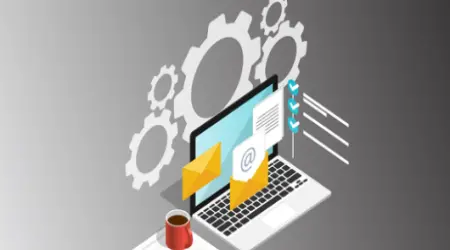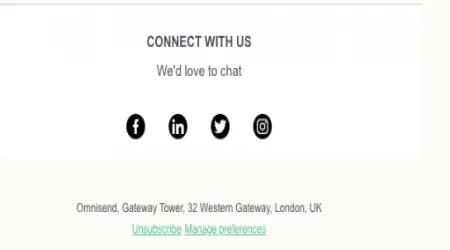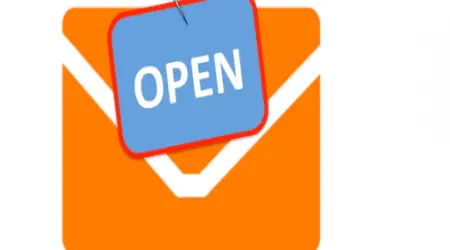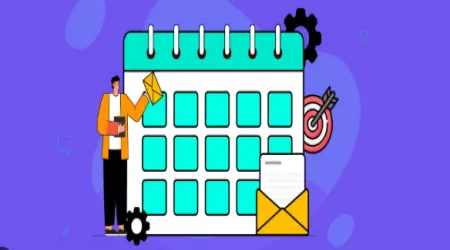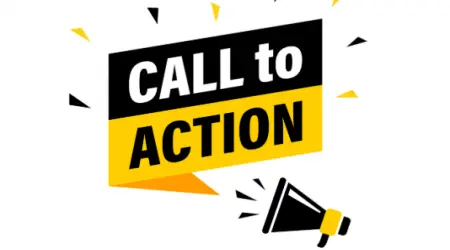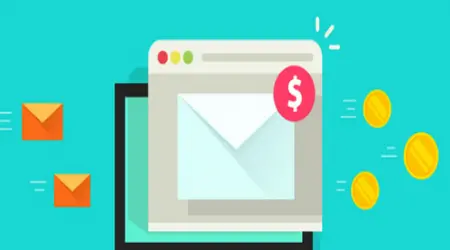
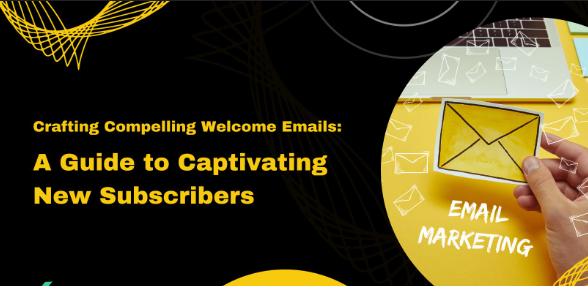
Mastering Welcome Emails: Your First Impression Matters Most
When someone joins your email list, you have one chance to make a powerful first impression — and that’s through your welcome email.
Welcome emails are the most opened emails you’ll ever send. According to Campaign Monitor, they see 4x more opens and 5x more clicks than standard email campaigns. Yet many businesses miss the opportunity by sending a bland, generic message — or worse, nothing at all.
In this article, you’ll learn why welcome emails matter, what to include, how to structure them, and how to use them to create trust, increase engagement, and drive action.
🎯 Why the Welcome Email Is So Important
Welcome emails set the tone for your relationship with a subscriber. It’s like your digital handshake — your chance to say:
“Here’s what to expect.”
“Here’s what I stand for.”
“Here’s what’s in it for you.”
Done well, a welcome email can:
Reduce unsubscribe rates
Boost future open rates
Drive early engagement
Increase conversions
First impressions matter. And in email, you never get a second chance at a first open.
⏰ When to Send Your Welcome Email
Immediately. As soon as someone opts in, they should receive your welcome email within seconds.
Why? Because that’s when:
Their interest is highest
Their intent is fresh
They’re most likely to engage
Delays = lost momentum.
Use your email platform’s automation tools to trigger welcome emails instantly after a signup.
🧠 The Psychology Behind a Great Welcome Email
Welcome emails work because they tap into key psychological principles:
Reciprocity: You gave them something (a freebie, a guide), now they’re more open to give attention or action.
Commitment: They just said “yes” by subscribing — now they’re likely to keep engaging.
Primacy Effect: People remember what they see first. Make your first message count.
Use this moment to impress, reassure, and invite.
🧱 What Every Welcome Email Should Include
Your welcome email doesn’t need to be long — it needs to be clear, helpful, and human. Here's what to include:
1. A Warm, Personal Welcome
Start with a line that makes them feel seen. Use their first name if possible. Example:
“Welcome to the community, Sarah! I’m so glad you’re here.”
Avoid robotic intros like “Thank you for subscribing.” Be real.
2. Remind Them Why They Signed Up
Did they download a lead magnet? Join a newsletter? Sign up for a webinar?
Reinforce the value and deliver on your promise:
“Here’s your free copy of the Email Growth Toolkit you requested.”
If you promised something, link it clearly and immediately.
3. Set Expectations
Tell them what kind of emails you’ll be sending and how often. This builds trust and reduces surprise.
“Every Monday, I’ll send you 1 actionable email marketing tip you can implement in 5 minutes or less.”
4. Introduce Yourself (Briefly)
Let them know who you are and why you’re worth listening to.
Keep it short, relevant, and focused on how you help them.
“I’ve helped over 500 brands increase their email ROI — now I want to help you do the same.”
5. Invite Them to Take a Micro-Action
Give them a small next step — like:
Whitelisting your email
Replying to a question
Following you on social
Visiting your best blog post
Example CTA:
“Reply and tell me: what’s your #1 email marketing challenge?”
This builds connection early.
6. Optional: Link to Greatest Hits
If you’ve written valuable content, link to 1–3 of your most helpful or popular articles.
“While you wait for next week’s tip, here are a few posts other readers loved…”
It builds authority and gets them into your content ecosystem early.
7. Reinforce Their Decision
Remind them they made a smart move.
“You just joined 4,000+ marketers who are growing faster with smarter emails.”
Social proof = confidence boost.
✨ Bonus Tips for Higher Impact
✅ Use a Friendly “From” Name
Avoid using “no-reply@” or brand-only names. Use a real person or a humanized brand.
e.g., “Max at Get More Clients” instead of just “Get More Clients”
✅ Use a Clear, Positive Subject Line
Examples:
“Welcome aboard! Here's what to expect”
“You’re in! Let’s grow your email list”
“Your free guide is here + next steps”
Make sure it matches what they signed up for.
✅ Format for Mobile First
Most people open emails on their phone. Use short paragraphs, clear CTA buttons, and a clean design.
✅ Use Visuals (If It Fits Your Brand)
An image of you, your product, or the lead magnet can add warmth and clarity.
📈 What to Do After the Welcome Email
Don’t stop at one message. Use a welcome sequence — a short series of emails to build rapport and guide them deeper.
Example 3-email sequence:
Welcome + Lead Magnet (Day 0)
Your Story + Value Proposition (Day 2)
Popular Content + Engagement Prompt (Day 4)
This nurtures trust and sets the stage for future conversions.
🚫 Common Welcome Email Mistakes
Too much text: Be brief. Don’t overwhelm on the first email.
Hard selling too soon: Build value before asking for anything.
No CTA: Every email should invite a next step.
No personality: Sound like a human, not a help desk.
✅ Final Thoughts
Welcome emails are your chance to make a meaningful first impression. Don’t waste it with a bland “thanks.”
Instead, use it to:
Deliver value fast
Build trust
Spark engagement
Guide next steps
If you do it well, subscribers won’t just open this email — they’ll start looking forward to the next one.
